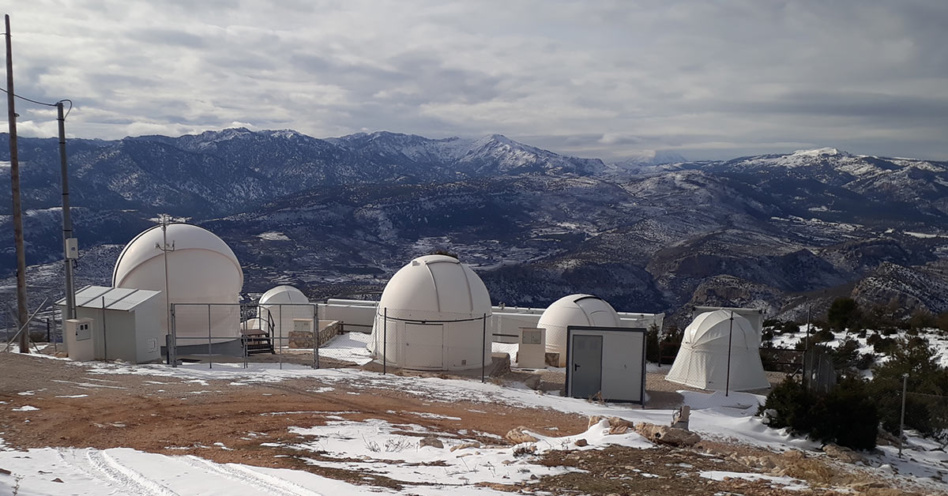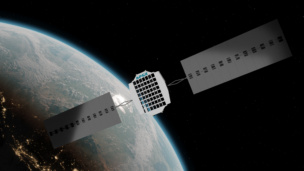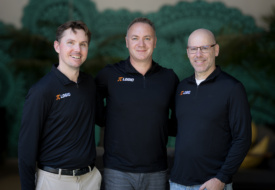Slingshot Aerospace announced this morning that it will add 80 new sensors by the end of the year, doubling its tracking capabilities and getting closer to its goal of building the most comprehensive space tracking network on the planet.
The story so far: CEO Melanie Stricklan founded Slingshot in 2017 to tackle the growing need for space situational awareness (SSA) and space traffic management (STM) services. The Austin-based company has been heads-down building out its capabilities on both the sensing and software side to form a one-stop shop for satellite operators to communicate about and manage their on-orbit assets.
Slingshot currently provides several products:
- Slingshot Vantage, a day-to-night, LEO-to-GEO tracking service powered by the Global Sensor Network
- A Space Digital Twin, which provides near-real-time tracking of satellites and debris in orbit and provides the foundation for the company’s other products
- Slingshot Beacon, a SSA and communication platform for operators
- Slingshot Laboratory, an astronautics training tool
The company has raised more than $80M to date, most recently closing its $40M+ Series A-2 in December. It’s also been beefing up its sensing and analytics capabilities, including acquiring Numerica’s Space Domain Awareness arm and UK-based Seradata back in August 2022.
Double, double: Slingshot unveiled plans today to add 80 new optical sensors by the end of the year, bringing the grand total to 200 sensors across 20 sites globally. Data from these sensors will supplement Slingshot Vantage, the Space Digital Twin, and, downstream, the company’s other products.
- A few of these sensors will cover the sky over the southern hemisphere, a notoriously underserved region with respect to SSA tracking capabilities.
+ While we’re here: Last week, the company announced two major hires to its executive team. Leslie Hildebrand, former Lockheed exec, joined as SVP of government biz dev and strategy, and Pieter Kreuk joined as CFO.




